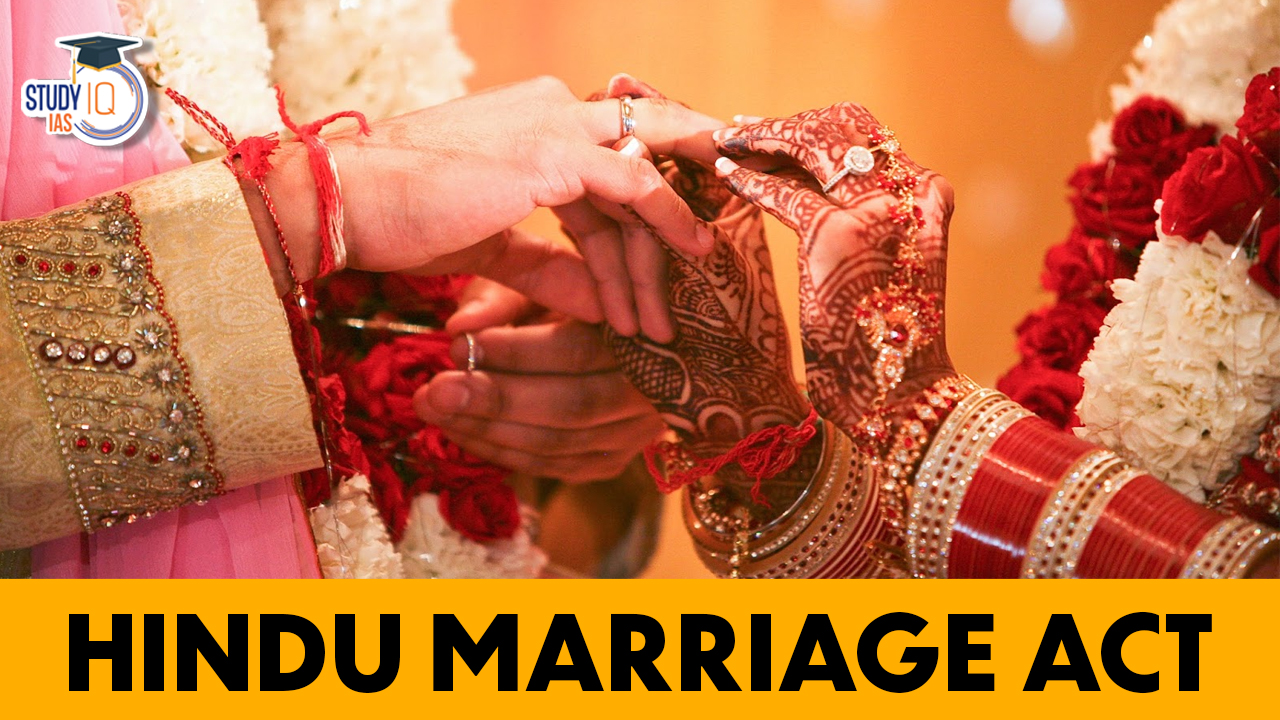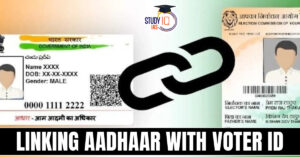Table of Contents
The Hindu Marriage Act governs marriages among Hindus, Buddhists, Jains, and Sikhs in India. It establishes legal procedures for solemnizing and registering marriages while defining the rights, duties, and grounds for divorce. This legislation plays a significant role in the Polity section of the UPSC IAS Exam, covering both the Prelims General Studies Paper-1 and Mains General Studies Paper-II syllabi. For better preparation, aspirants can utilize mock tests to enhance their accuracy.
Wife seeks alimony of Rs 500 Crore Sought, SC grants Rs 12 Crore
In a recent Supreme Court judgment, a wife sought a permanent alimony of Rs 500 crore from her husband, who is based in the USA. However, the Court awarded her Rs 12 crore and issued a strong warning about the misuse of Section 498A (which addresses domestic cruelty) in matrimonial disputes.
Hindu Marriage Not Valid Unless Requisite Ceremonies Are Performed
Under the Hindu Marriage Act, of 1955, a marriage is deemed valid only if solemnized through essential rituals and ceremonies prescribed by the couple’s traditions or customs. Ceremonies like Saptapadi (seven steps around the sacred fire) are integral to establishing a lawful union. The absence of these ceremonies renders the marriage invalid in the eyes of the law, emphasizing their importance in sanctifying the bond.
Hindu Marriage: A Sacred Bond, Not a Commercial Venture
Hindu marriage is viewed as a sacred and spiritual union aimed at fulfilling religious duties (Dharma), emotional companionship, and family responsibilities. Courts have repeatedly highlighted that it is not a commercial arrangement, warning against reducing it to dowry demands, monetary transactions, or agreements that undermine its sanctity. The essence of Hindu marriage lies in its spiritual and societal values, not material gains.
Hindu Marriage Act 1955
The Hindu Marriage Act, 1955, is a significant legislation that governs marriages among Hindus, Buddhists, Jains, and Sikhs in India. It provides legal frameworks for solemnizing marriages, defining spousal rights, and outlining divorce provisions.
Applicability
- Governs Hindus, Buddhists, Jains, and Sikhs.
- Does not apply to Muslims, Christians, Parsis, or Jews unless specifically mentioned.
- Recognizes both traditional and modern marriage solemnization practices.
Grounds for Divorce
Adultery, desertion, cruelty, and mutual consent are among the common grounds.
Legal Protections
Ensures safeguards for spouses, including financial support and rights during separation or divorce.
Hindu Marriage Act 1955 Important Sections
- Section 9: Restitution of Conjugal Rights
- Allows a spouse to seek legal intervention if the other leaves without valid reason.
- Section 13: Grounds for Divorce
- Includes cruelty, adultery, desertion, conversion, mental illness, and incurable diseases.
- Section 24: Maintenance and Alimony
- Grants temporary financial support to a dependent spouse during legal proceedings.


 Linking Aadhaar with Voter ID Endangers ...
Linking Aadhaar with Voter ID Endangers ...
 Article 142 of Indian Constitution, Sign...
Article 142 of Indian Constitution, Sign...
 Pakistan-Occupied Kashmir (PoK): History...
Pakistan-Occupied Kashmir (PoK): History...





















